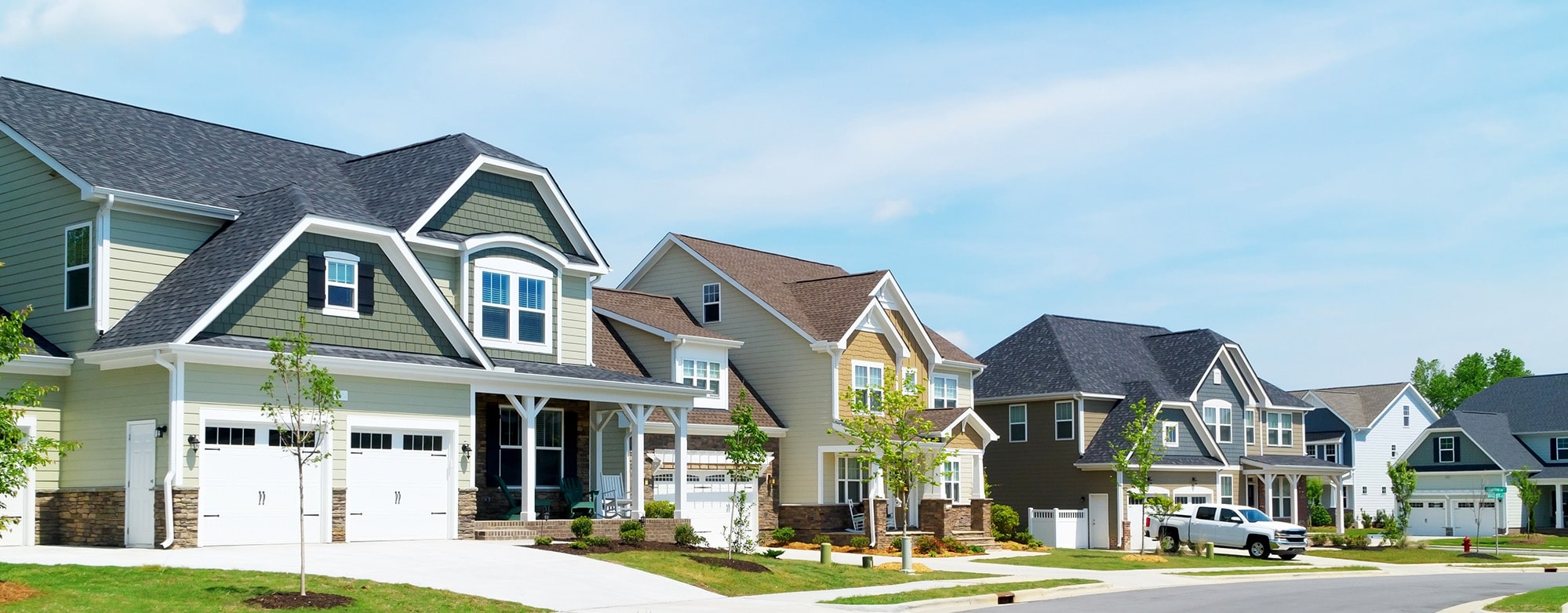Not every rental property turns out to be a cash-flow machine. Whether it’s extended vacancies, rising maintenance costs, declining neighborhood appeal, or poor tenant performance, some properties simply stop delivering the returns you expected. These are what we call underperforming properties—and they may be costing you more than you realize.
What Does “Underperforming” Really Mean?
A property is considered underperforming when it fails to meet its expected financial goals—whether that’s net income, cash-on-cash return, appreciation, or cap rate. Some key red flags include:
❌ Frequent vacancies or tenant turnover
❌ High maintenance or repair costs
❌ Low or declining rental income
❌ Negative cash flow
❌ Declining neighborhood desirability
❌ Weak appreciation potential
Even one of these issues can drag down your ROI—especially when left unchecked.
Why Some Properties Fall Short
There’s no single reason why a property underperforms. Some common causes include:
Poor Location Performance: What looked like a great zip code years ago may now have declining demand or tenant quality.
Deferred Maintenance: Older properties can eat up your cash flow with ongoing repairs.
Overleveraging: High mortgage payments can shrink your margins and increase risk.
Lack of Strategic Management: Missed rent increases, unoptimized lease terms, or poor marketing can leave money on the table.
Changes in the Market: Rising interest rates, local crime, or a drop in tenant demand can quickly turn a decent property into a liability.
What Are Your Options?
If you’re sitting on an underperforming asset, doing nothing is the most expensive choice. Here are your main options:
1. Sell the Property
Sometimes the best move is to cut losses and redirect your capital into better-performing assets. Wolfnest can help you determine your current market value and advise on timing and pricing.
2. Rehab and Reposition
With the right improvements, you might be able to increase rent, attract better tenants, or raise the resale value. We can help you evaluate if the ROI is worth it.
3. 1031 Exchange
If you're considering selling, a 1031 Exchange allows you to defer capital gains tax and roll the equity into a higher-performing property.
4. Cash-Out Refinance
Still believe in the long-term potential of the property? A refinance can help fund improvements or rebalance your cash flow.
5. Switch to Professional Property Management
Many underperforming properties improve drastically with better systems, tenant screening, and consistent maintenance. That’s where we come in.
Don’t Let a Weak Property Hold Back Your Portfolio
Every investor has one. That one property you keep telling yourself will “get better next year.” But underperforming assets can quietly drain your resources and distract you from stronger opportunities.
At Wolfnest, we help you analyze your property's true performance, explore exit or recovery strategies, and optimize your portfolio for growth.
Summarize this content with AI:
Chat GPTGrok
Perplexity
Claude.ai


